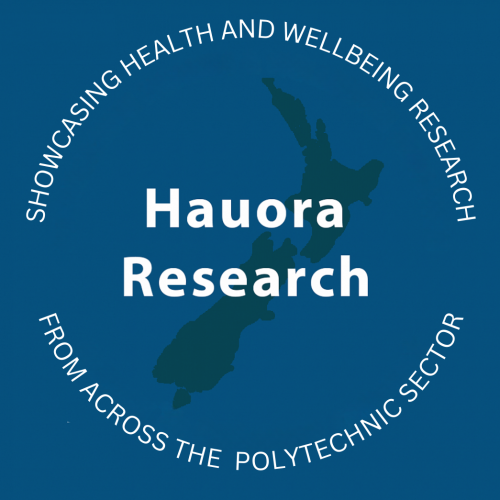
Sterilising pounamu for reuse as a medical device
Campbell Macgregor, TOI OHOMAI: Research into the sterilisation of pounamu tools used for cutting babies’ umbilical cords has led to the first internationally-published article about sterilisation sciences from a New Zealand perspective.
“Traditionally, in New Zealand and around the world, locally-sourced materials have been used to solve local issues,” says Campbell Macgregor (Ngāi Tahu), Principal Academic Staff Member at Toi Ohomai Institute of Technology/Te Pūkenga. “Here in New Zealand, stone, bone and shells have been used as cutting tools, and one traditional use for these has been for the cutting of the umbilical cord. There are midwives around the country who use pounamu tools for this purpose.”
Macgregor was contacted by the Wairarapa District Health Board (DHB) after it was presented with a pounamu cutting instrument and cutting block for sterilisation.
“The DHB wanted to take a research-informed approach to ensure they could sterilise the pounamu in such a way that it could be safely reused as a medical device,” he says.
Macgregor says given pounamu’s cultural significance to Māori in linking heaven and earth, and the stars and water, the practice of reusing pounamu to cut umbilical cords at different births must be both medically and culturally safe.
With this in mind, the research team consulted with the DHB’s Māori Directorate before and during the project.
“Because pounamu is both sacred taonga and tikanga to Ngāi Tahu, we also consulted with elders within the Ngai Tahu community – people who were finders, carers and carvers of pounamu,” Macgregor says. “We also spoke with master carvers from the New Zealand School of Māori Arts in Rotorua.”
This engagement “highlighted the strong connection between vocational education and research, and what is happening in our communities”, and determined a preference for using steam sterilisation techniques using only water rather than sterilisation chemicals, because of the intrinsic connection between pounamu and water. This is something that could be performed at any hospital in New Zealand.
“All hospitals have a Central Sterilisation Sciences department where reusable medical devices are reprocessed,” says Macgregor. “Devices go through different processes of cleaning and thermal or chemical disinfection, wrapping or packaging for protection, and sterilisation. There is a technical process to be followed.”
Two pieces of contaminated and recently-used pounamu were selected to undergo full reprocessing including steam sterilisation in accordance with the Australian/New Zealand standards. Because pounamu has such a high melting point, the water was able to be pressurised and condensed at a high temperature for sterilisation.
In testing five days after the steam sterilisation process, neither piece of pounamu showed any microbial growth on blood agar plates.
“The sterilised pounamu was tested five days after sterilisation to simulate a period of time without use to be certain no growth occurs and the whole process is safe.,” he says. “This showed pounamu can be processed in exactly the same way as metal instruments that are able to go in the steam steriliser.”
As well as investigating how to keep pounamu safe from a medical perspective, the research considered cultural safety.
“Pounamu is traditionally known as carrying the energy of the people that it touches, so we were very direct in our recommendations to midwives or others who want to use pounamu as a reusable medical device. They must ensure they follow through with the appropriate protocols and processes according to local customs, which vary throughout the country, between uses.”
Macgregor describes the research outcome as “a win for everyone”.
“This was a really nice, straightforward piece of research that showed some good linkages within our greater community, and it had a really positive result. It was great to take a holistic approach, which you sometimes can’t do within the medical field. We were delighted we could carry that through.”
Campbell Macgregor [ORCID: 0000-0001-6161-8945], ko Tākitimu, ko Hananui kā mauka, ko Kāi Tahu kā iwi, and is a Principal Academic Staff Member and academic lead – Sterilisation Technology at Toi Ohomai Institute of Technology with an interest in incorporating Mātauranga Māori and cultural responsiveness. Campbell is active in research in the bone health of older athletes, and Indigenous solutions. He was named by the American College of Sports Medicine as their 2013 International Clinical Scholar. Contact Campbell Macgregor
Visit Toi Ohomai Institute of Technology
